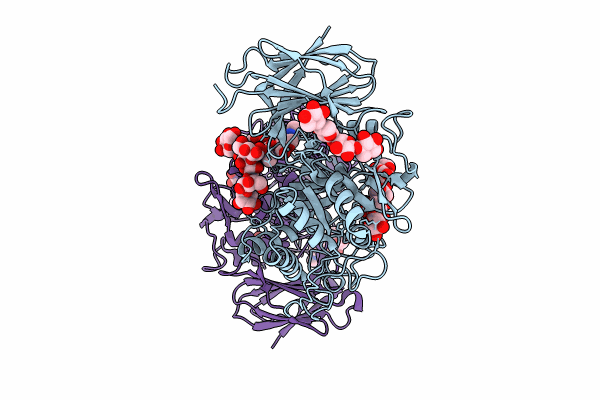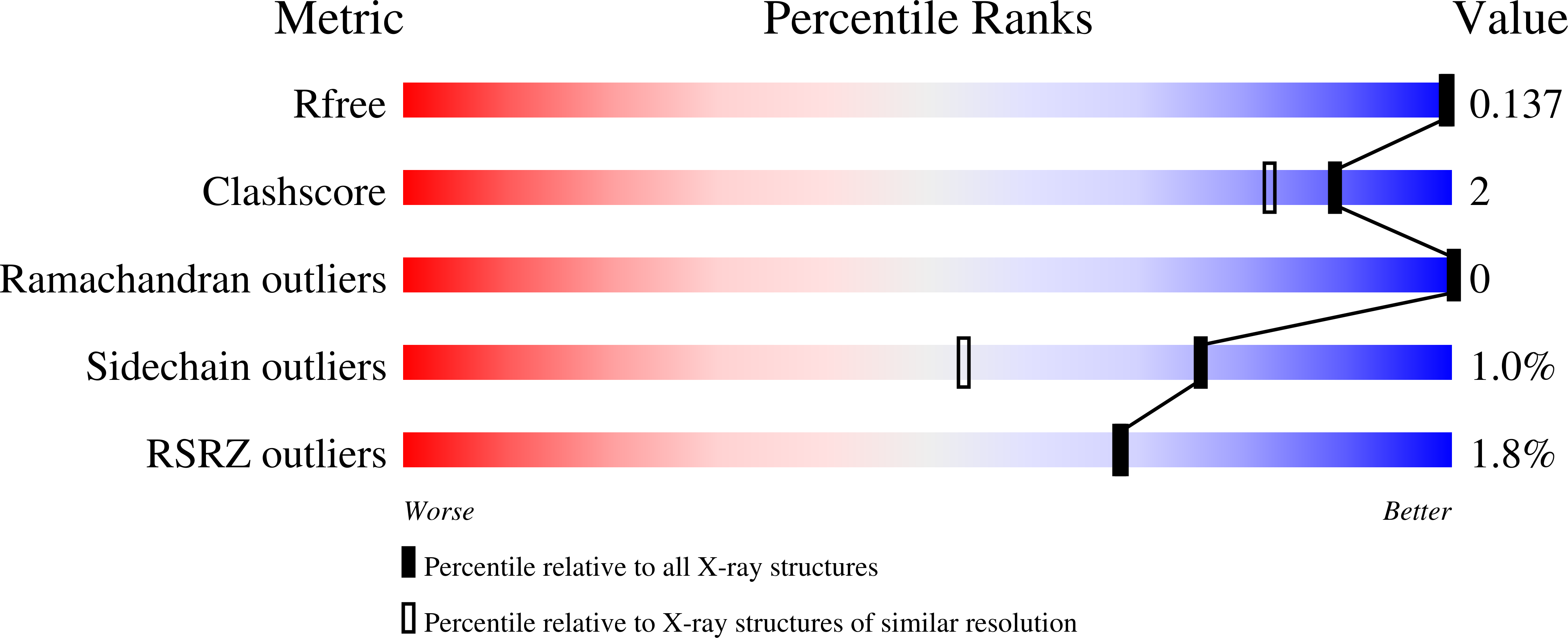
Deposition Date
2023-01-03
Release Date
2024-05-22
Last Version Date
2024-11-13
Entry Detail
PDB ID:
8C48
Keywords:
Title:
Crystal structure of Thermothelomyces thermophila GH30 (double mutant EE) in complex with xylopentaose
Biological Source:
Source Organism:
Thermothelomyces (Taxon ID: 1920207)
Host Organism:
Method Details:
Experimental Method:
Resolution:
1.40 Å
R-Value Free:
0.15
R-Value Work:
0.12
R-Value Observed:
0.12
Space Group:
P 1 21 1


